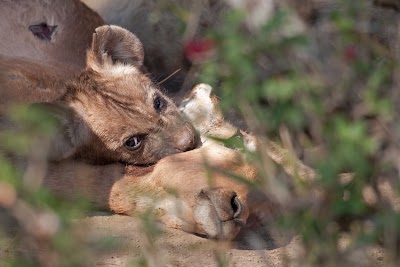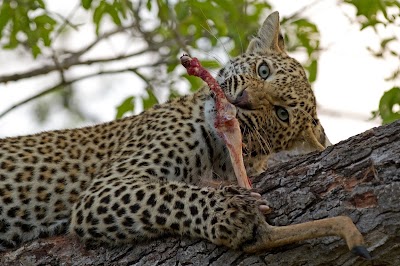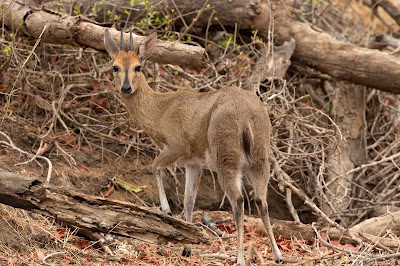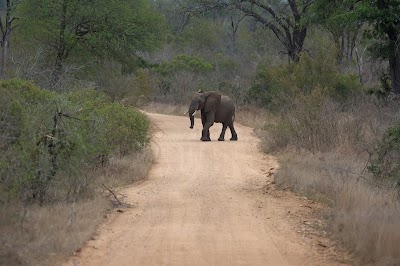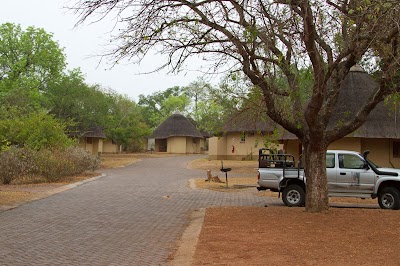The Ideal Route to Visit Kruger National Park
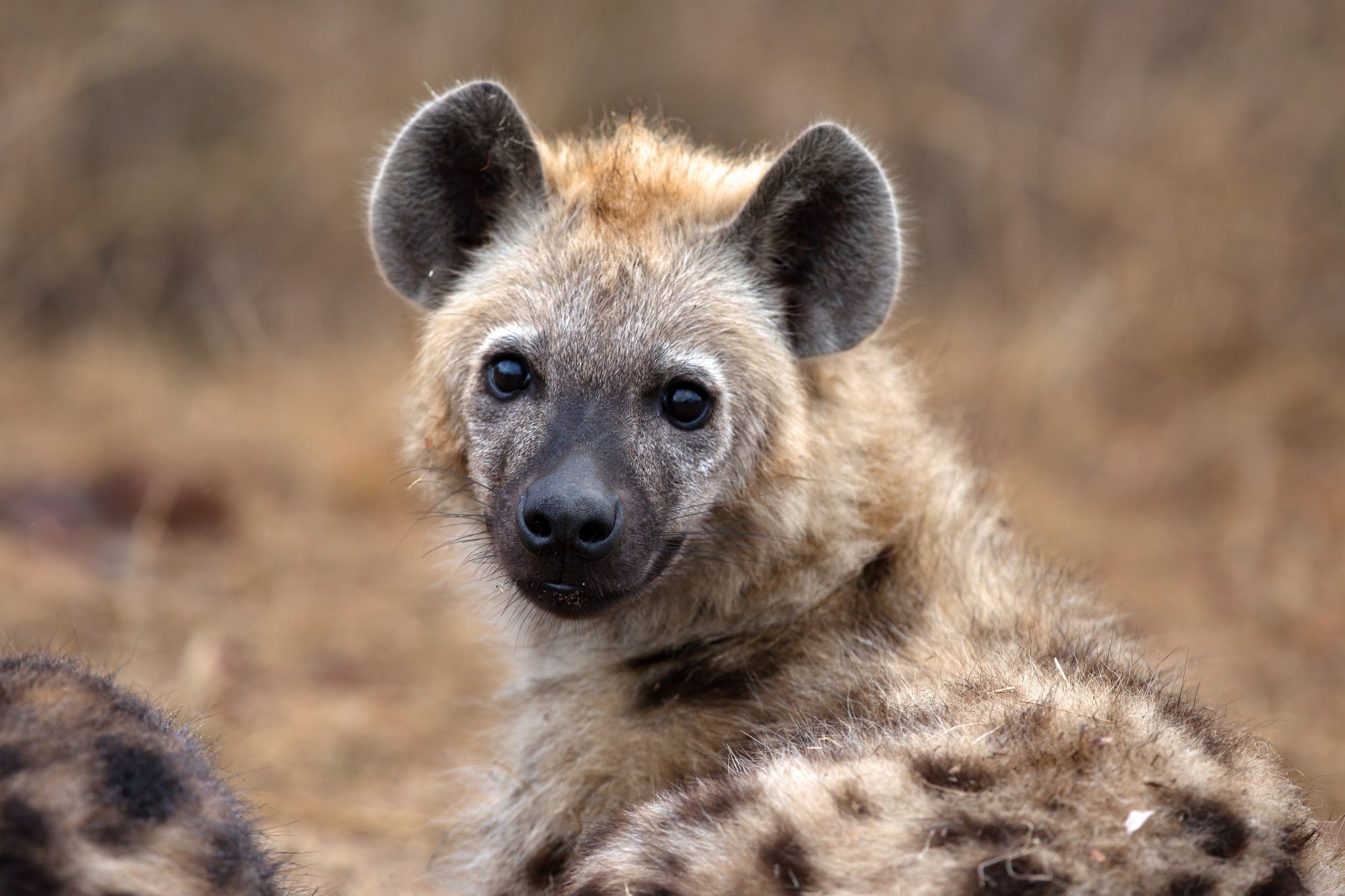
The Best Way to Visit Kruger National Park
Suppose you are planning a trip to South Africa and want to visit Kruger National Park. What are your best options? There are two main possibilities:
– You can visit Kruger Park with a self-drive option and stay either just outside or within the park.
– You can visit Kruger Park through one of the various private game reserves.
The advantage of the first option is that you can drive through Kruger Park yourself and stop to observe the wildlife you are interested in. The downside is that you’ll need to spot and track the wildlife yourself, which requires some knowledge and experience, and you must stay on designated roads.
If you choose to visit Kruger Park through one of the many private game reserves, you benefit from having qualified guides to help you spot wildlife, and they can take you off-road for better viewing.
In our opinion, a combination of both options is the best choice, and you should plan to spend several days visiting the park. To give you an idea of the park’s size, Kruger National Park is roughly the same size as Switzerland, so don’t underestimate the distances you’ll need to cover (note: the park’s speed limits are 40 km/h on gravel roads and 50 km/h on asphalt roads), which means you’ll spend several hours in the car.
We recommend allocating your time between self-drive days and days spent in a private game reserve. If it’s your first safari trip, we suggest spending 1 to 3 days in a game reserve to gain experience with wildlife spotting before venturing into the public areas of the park. Keep in mind that to travel to a private game reserve, you’ll need to exit Kruger Park through one of the official gates and then re-enter the park via the gate of the private game reserve.
Regarding the travel period, try to avoid July and August as these months are the busiest in the park, and you may find yourself queuing behind numerous other vehicles. It’s often less enjoyable to take photos of animals surrounded by numerous cars. Therefore, we prefer the spring months (October – November) as the ideal time to visit the park.
So, where do you start?
The most wildlife-rich area of Kruger Park is in the southern part, around Sabie Sands, Lower Sabie, and Skukuza.
It’s challenging to determine the ideal route because it’s tough to predict how wildlife moves. Still, we can provide some top routes and interesting stopping points:
Regarding the southern part, the S130 (near Crocodile Bridge) is a road where cheetahs and wild dogs are often spotted. The three main routes with the best chances for interesting sightings are: 1) the H4-1 (between Lower Sabie and Skukuza), and make sure to 2) take the link between H1-2 and H12, known as the Leopard Triangle because it often features lions, hyenas, and leopards. On this route, be sure to visit the Sunset Dam, one of the park’s most beautiful stopping points.
Another route (3) worth considering is the loop between the S1 and S3 (between Skukuza and Phabemi Gate). Before starting this loop, we recommend stopping at Lake Panic, THE bird hide of Kruger Park. About 20 kilometers southwest of Skukuza, you can also visit Transportdam, famous for the YouTube hit ‘Battle at Kruger.’ A little further on, you have Remosterskoppies Dam, known for its numerous rhino sightings.
To explore this area, we recommend staying at Lower Sabie Camp or Skukuza Camp. The advantage of staying in a rest camp is that you are right in the park, allowing you to start your game drive early in the morning. Rest camps also have shops, restaurants, and bars, so you have all the facilities you need. For accommodation, you can choose between basic bungalows and more luxurious ones, making them very cost-effective.
In the central part of Kruger Park, it’s best to stay at Satara Camp or Olifants Camp. The top road in this area is the S100, where a pride of 34 lions has its territory, and you also have a good chance of spotting cheetahs. Additionally, the S39, along the Timbavati River, is well worth the drive, not only for its diverse landscapes but also for its many beautiful views. Another road that surprised us the most is the one that follows the Letaba River between Letaba and Olifants, the S46.
Some useful links and tips to help plan your ideal trip include:
– **sanparks.com** for booking accommodations in one of the public rest camps.
– **Latest Kruger Sightings** on Twitter to follow important sightings in real-time.
– The book **”Kruger Park”** by Dr. L.E.O. Brack, with tips on where to find the most wildlife.
– The guide **”Getaway guide – Kruger National Park”** by Cameron Ewart-Smith.
– The map **”The Kruger National Park Map”** published by Sanparks itself.
Break a leg!



